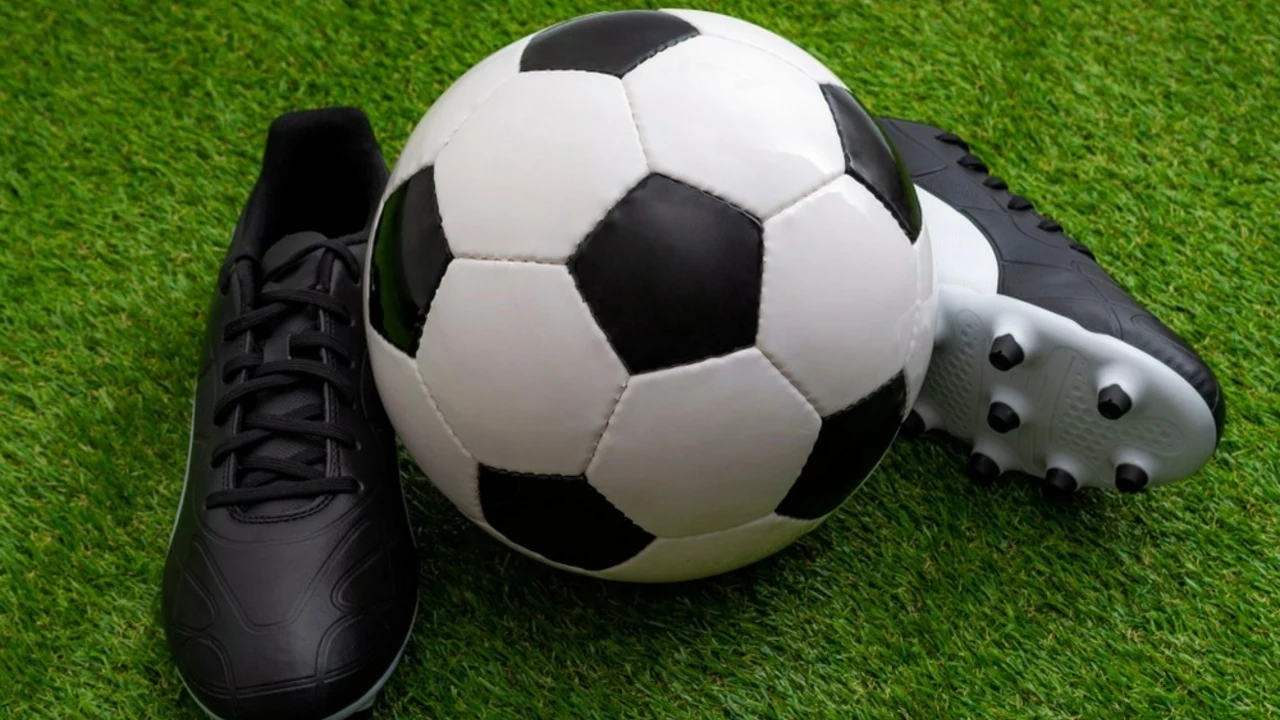Why are soccer cleats different than football cleats?
 Jul, 27 2023
Jul, 27 2023
The Crucial Role of Cleats in Soccer and Football Games
There's a saying that I learned early on in my sporting life, and it has stuck with me for years - "Finn, always remember, it's not always about the player, sometimes it's also about the equipment." When it comes to soccer and football (for my international followers, when I say football, I'm referring to American football) this couldn't be truer. Part of this equipment includes what we wear on our feet, what the professionals wear on the green pitches worldwide - cleats. Cleats provide traction, balance, and grip when on the field, and trust me, I’ve learnt this the hard way. I learned that all cleats are not made the same way - which once resulted in a rather spectacular and embarrassing fall during a pick-up football game when I (erroneously) wore soccer cleats. So, what's the difference between soccer and football cleats?
Understanding the Base Structure: Cleat Design Fundamentals
Let's kick off with some basic cleat trivia. Soccer and football cleats start with the same premise: to provide the player with traction and a stable grip on the field, as they prevent slipping during rapid changes in direction or when sprinting. Both types of cleats have a similar design strategy, they are often low-profile, meaning they are designed to be close to the ground to improve stability and control. Since soccer and football are both sports where agility and speed are crucial, cleats are designed to be lightweight and have a tighter fit than regular trainers or even running shoes. They are usually made of synthetic materials, which offer durability and resistance to wear and tear. However, this general framework is where the similarities end.
The Defining Elements: Soccer Cleats
In soccer, the name of the game is control. Made for nimble footwork and precision ball control, soccer cleats are designed accordingly. Soccer cleats usually have a tight fit to enhance the contact between foot and ball, with a low profile and rounded leading edge to facilitate smooth and quick changes of direction. From my experience, it seems that soccer cleats tend to be designed for specific types of play styles and positions. For instance, some soccer cleats have textured uppers to give better touch and control for strikers, while goalkeepers prefer cleats that offer maximum grip. Soccer cleats typically have non-removable, molded studs that are either round or bladed in shape, and they come in different styles to suit different field conditions. If there is one thing soccer taught Finn, it’s that soccer cleats are all about finesse.
The Defining Elements: Football Cleats
Shifting gears to football cleats, they carry a whole different design philosophy. Unlike soccer, the sport of football is a lot more varied when it comes to the types of physicality involved in the game. From sprinting to robust tackling, to kicking, each action requires different support levels. Because of this, football cleats have a few more frills and sport a more sturdy design. A prominent feature of football cleats that separates them from soccer cleats is the toe stud. This extra stud at the forefront of the cleat provides football players, especially linesmen, the needed push off strength and leverage. Moreover, football cleats often feature both bladed and conical studs for maximum traction and quick direction changes. There's an element of customization too, as their studs are often detachable, allowing players to adjust based on weather and field conditions. Having worn both types, as a guy who loves the occasional run, I must say I appreciate the versatility offered by football cleats!
The Rules of the Game: Regulatory Differences
Believe it or not, the different regulations governing soccer and football play a significant role in cleat design. Specifically, football cleats are not permitted in soccer. The toe cleat in football cleats, that I mentioned earlier, is not allowed in soccer because it could potentially harm other players during high kicks or tackles. However, soccer cleats can be used in football for certain positions like kickers or punters.
The Art of Selecting Your Cleats: A Guide for Players
Maybe you're a newbie trying to decide your play style, or perhaps you're a seasoned veteran looking for an upgrade. Whatever the case, the process of picking the perfect cleat can often be daunting. Given that soccer and football cleats serve different purposes, understanding the differences that I've mentioned above could be your deal breaker. Is lightweight and finesse your style? Go for soccer cleats. Prefer stability and a sturdier grip? Football cleats might be your best bet.
In conclusion, it’s not just about strapping on a pair of shoes; the choice of cleats can significantly affect your performance on the field. So, whether it is soccer or football, the correct cleats make a stride of difference!